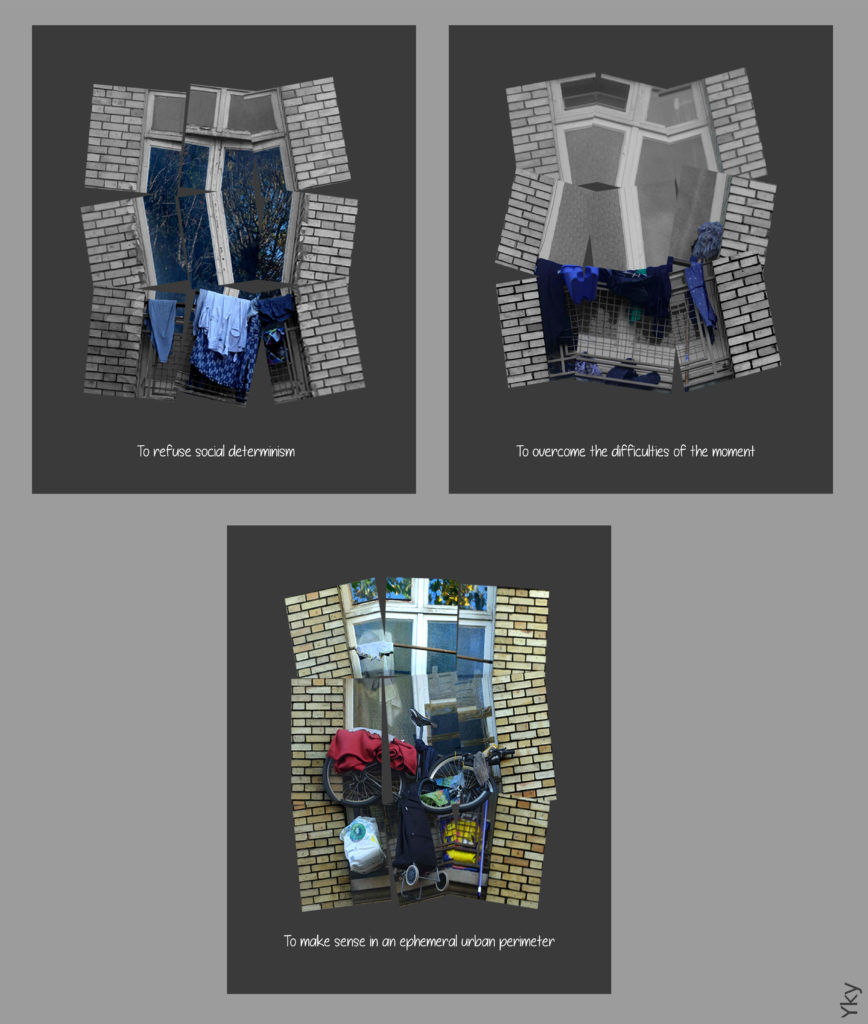J. Leroy & Al. in an article published on the Katrina floods of New Orleans, explain how social links and community culture helped the Vietnamese community to come back to a state of balance much quicker than the Afro-American living in the same neighborhood (1).
The difference in the way two communities react on the same “unexpected hazard” leads to a question: What should have been the role of the local administration to favor the emergence of a social resilience at groups that were not backed by their cultural capital. Is it wishful thinking to say that the administration should learn from the past and provide the means to rebalance the lack of resilience at those who cannot benefit from the social legacy of their community? Obviously, this raises the issue of the social dimension of urban resilience.
The questioning related to the desired level of urban resilience leads to the whole matter of alterity as described by Levinas. When Levinas emphasizes the responsibility “we” have when the “Other” looks at us, whether this responsibility is accepted or refused, assumed or not, he makes us accountable. He speaks of a responsibility transcending what we are and what we do. This holistic approach questions the role of the community beyond the alter ego relation to the “Other”. This should be a matter of direct concern for cities where the number of refugees and asylum seekers will grow in the years to come (2). Cities which will not be resilient enough to propose a new state of balance, encompassing the culture brought by immigrants in their new environment, could be confronted with a perceived “occupation” detrimental to their social cohesion. Thus, the question of the social contribution of urban resilience is raised again. How can this be achieved? In a well-documented report published by “La Fabrique de la Cité” in November 2017(3), J. Hinderink proposes to involve refugees during the evaluation of their needs for emergency accommodation. One solution amongst others? Finally, whatever means will be found to face this “expected hazard”, cities need to take into account their new challenge.
The above questions led to the below work. The windows symbolize the interface between identity and social environment. The broken clothes and accessories refer to the questioning of integration.
Yky, March 2018, yky@resi-city.com

(1) https://doi.org/10.1051/e3sconf/20160708002